Hamburg is currently reaching key milestones as it undergoes a sustainable heating transition. One of the largest pipeline networks in Germany is already increasingly supplied with carbon-free exhaust heat from industrial companies. And in the east of the city, the planned transformation of the Tiefstack energy park will be another important step on the road to climate neutrality by 2045.
Just in sight of the Elbphilharmonie in the east of Hamburg lies the Aurubis AG plant. The company is Europe’s largest copper manufacturer and has developed a multi-award-winning flagship project that has been successfully supplying an entire district with almost climate-neutral exhaust heat for several years now.
Together with the energy supplier Enercity AG from Lower Saxony, a pipeline was built that runs for close to four kilometres from the Aurubis plant, under one of the Elbe bridges, to the HafenCity in the east. Since then, more than 6,000 households have been supplied with green heating.
Heat transition in Hamburg
(Source: KfW / Detlev Karres / Thomas Schuch)
Innovative technology
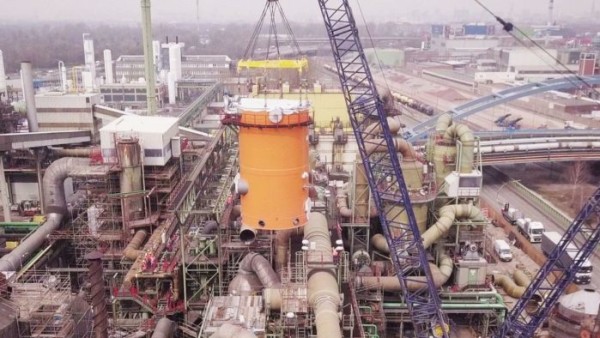
Intermediate absorber
In the new intermediate absorber, a chemical process takes place in which CO2-free heat is released; this heats water to a temperature of over 90 degrees via a heat exchanger.
Aurubis first had to build a new intermediate absorber. This orange-coloured colossus weighs over 250 tonnes, is 18 metres high and has a diameter of six metres. Chemical processes that take place here generate large amounts of exhaust heat that was previously cooled down in the River Elbe completely unused.
With the intermediate absorber's innovative technology, it has been possible to feed the hot water directly into the new pipeline for the HafenCity.
Subsidies
However, the pioneering project was only perfected when the Federal Ministry for Economic Affairs and Climate Action (BMWK) and KfW as promotional partner agreed to provide financial support.
All those involved at an early stage agreed: without the promotion, the exhaust heat project could not have been implemented in this form. With BMWK-financed repayment grants from the “KfW energy efficiency programme – exhaust heat” (today: “Federal Funding for Energy Efficiency in Commerce”), Aurubis was able to finance the necessary plant conversion, heat extraction and the internal line up to the plant boundary at low cost. Funding was also provided for the heat transport pipeline of the project partner Enercity.
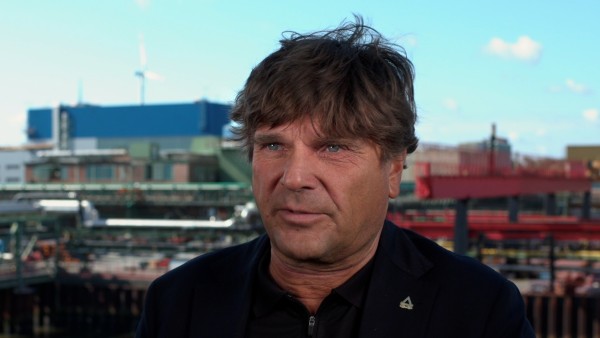
Ulf Gehrckens
has been working for many years as a manager for energy and climate action at the Hamburg-based metal group Aurubis.
Aurubis manager Ulf Gehrckens was involved in the exhaust heat project from the very beginning.
“KfW made a very important contribution to this project. This project needed grants. And it was not possible to get those grants directly. There had to be a bank in between. And KfW stepped in to provide the funding.”
Blueprint for the municipal heat transition
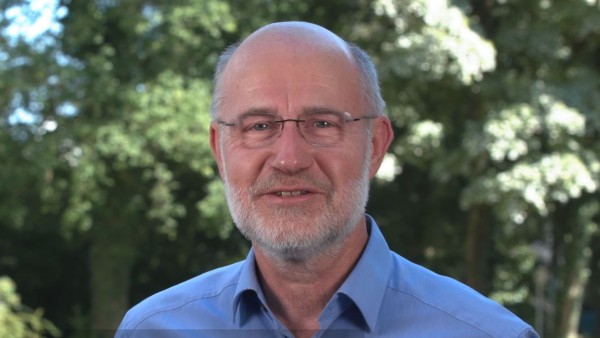
Harald Lesch
is a professor at LMU Munich and lecturer in natural philosophy at the Munich School of Philosophy. He is also a well-known book author and presenter of science programmes.
For Professor Harald Lesch, the multi-award-winning physicist and renowned scientific journalist ("Leschs Kosmos" and “Terra X”), the project in Hamburg could serve as a blueprint for many other cities in Germany.
“Transporting industrial exhaust heat into a residential area is once again one of those projects where you could say: Why haven't we been doing this before?
Every machine produces heat, every process in industry releases heat, and at a copper plant, heat is naturally available in excess. We have an energy source here, and now all we need is pipes that bring this energy to where it is needed.
And of course, if an almost revolutionary project like this one should be launched, KfW as an institution is also in demand. There has to be someone to finance this at the beginning – and that’s what KfW does!.”
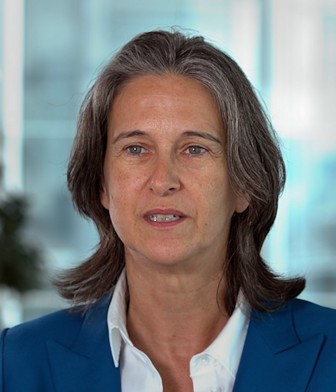
“The municipal heating transition is a gigantic transformation task.”
The future of the heating transition
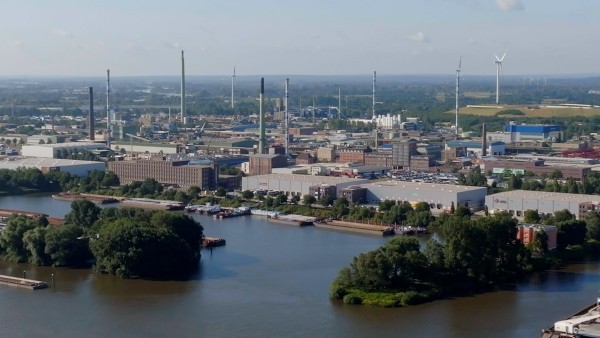
Exhaust heat project 2.0
A new exhaust heat project by Aurubis AG and Hamburger Energiewerke will be completed by the turn of the year 2024/25.
However, the deal wasn't perfect until KfW and the Federal Ministry for Economic Affairs and Climate Action pledged their support. Everyone agrees that without the funding, the district heating project would not have been carried out. With repayment bonuses financed by the Federal Ministry from the "KfW Energy Efficiency Programme – Waste Heat" (nowadays: "Federal funding for energy and resource efficiency in the economy"), Aurubis was able to fund the necessary plant conversion, heat extraction and internal pipeline up to the site perimeter more cost-effectively. Funding was also provided for the heat transport pipeline of the project partner Enercity
Aurubis' exhaust heat will be fed into Hamburg's 860km-long district heating network. To this end, Hamburger Energiewerke is building a new line from the future pressure heat storage system at the Georgswerder Dam to the energy delivery station on Spaldingstrasse.
More than 20,000 households will be supplied with green exhaust heat in future. Through increased use of climate-neutral industrial exhaust heat, it will be possible to save up to 100,000 tonnes of carbon emissions each year. The new exhaust heat project in Hamburg is currently one of the largest of the heating transition in Germany.
Tiefstack energy park
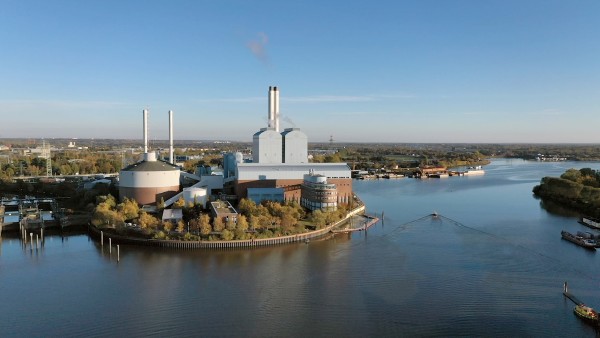
Transformation
Hamburg intends to phase out coal by 2030 at the latest: by this date, the coal-fired power plant in Tiefstack energy park will have been transformed.
The use of the Aurubis exhaust heat is also an important building block for the gradual transformation of the Tiefstack energy park. Here, the existing coal-fired power plant will first be converted into a plant that will generate heat based on biomass, gas and later hydrogen by 2030 at the latest.
Other components include exhaust heat recovery from the existing waste incineration plant as well as a new power-to-heat plant, with which it will soon be possible to feed hot water into the district heating network via an electrode boiler. Due to an above-ground heat storage system, it will also be possible to provide the heat at any time when it is needed.
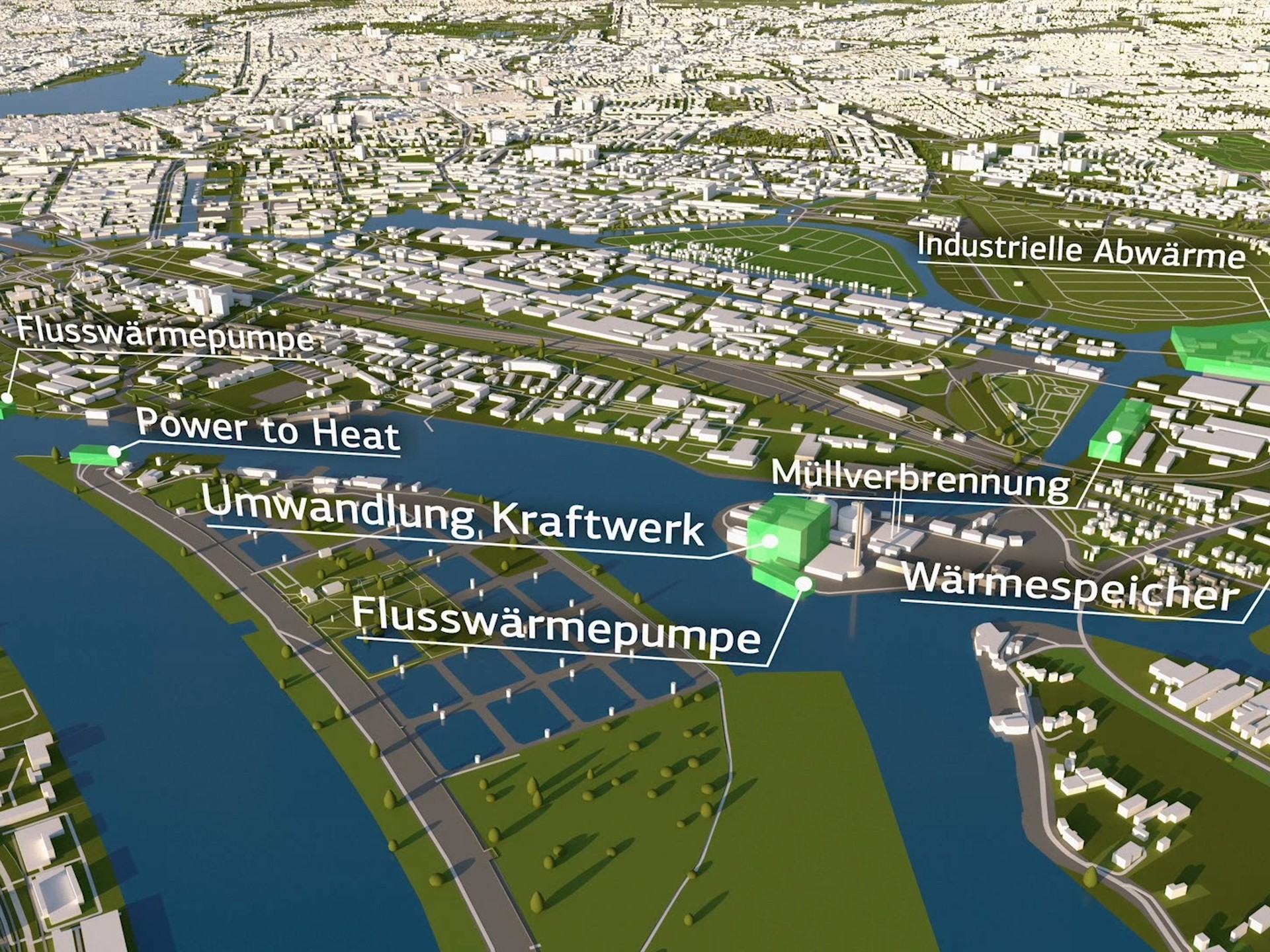
The new Tiefstack energy park
By the end of the decade, two new types of river heat pumps will be used to extract heat from the Elbe river. These are set to contribute the largest share of climate-neutral heat to the Tiefstack energy park in future. After completion, the two heat pumps will supply around 130,000 households with green heat, producing a combined output of around 230 megawatts.
River heat pumps
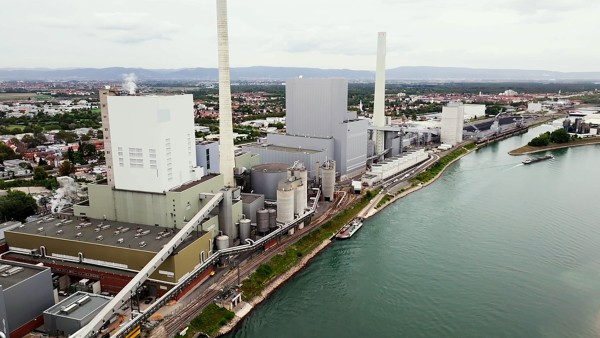
Heat from Rhine water
The largest river water pump on the Rhine has been operating on the site of the large-scale power plant in Mannheim since October 2023.
The currently largest river heat pump went into operation successfully in October 2023 in Mannheim on the Rhine. The XXL heat pump works in principle the same as a normal air source heat pump. Instead of heat from the air, the river power plant only uses Rhine water.
The water coming from the river heat pump is as hot as 99 degrees. It is part of the district heating supply operated by the Mannheim-based utility company MVV Energie AG. The river heat pump, which costs around EUR 15 million, is located on the site of the large-scale power plant in Mannheim in the south of the city. The heat goes directly into the district heating network and currently supplies green heat for 3,500 households. The planned Hamburg models will even exceed this output many times over:
Support from KfW
The river heat pump in Mannheim was supported by the IKU – Investment Loan for Municipal and Social Enterprises (148).
Read more (in German onlyThe Mannheim river heat pump was developed by the BMWK as part of the 7th energy research programme as a “real laboratory of the energy transition” (with federal and EU funds). In addition, state aid-free loans from the KfW Programme 148 were included in the project financing via BayernLB.
Municipal heat transition
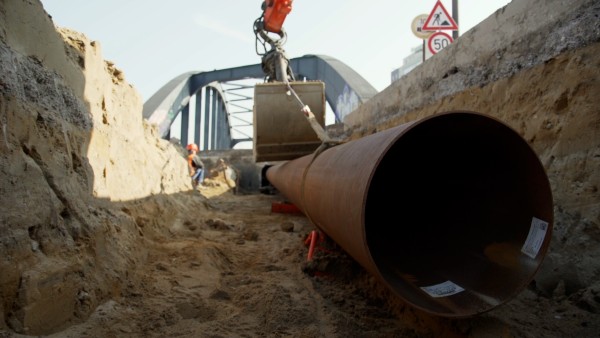
District heating expansion
The expansion of district heating networks is essential for the future heating supply. All heating networks are to be climate neutral by 2045.
Germany has set itself the goal of being climate-neutral by 2045. Around 60% of final energy consumption is currently attributable to the heating sector. The transformation of the heating sector is therefore essential. By mid-2028 at the latest, all of the around 11,000 municipalities in Germany are to have heating planning: by 30 June 2026 in large cities (100,000 inhabitants and more) and two years later in municipalities with fewer than 100,000 inhabitants. Smaller municipalities (fewer than 10,000 inhabitants) can use a simplified heat planning procedure, which is decided upon by the federal states.
The German Federal Government has laid the legal foundations for comprehensive municipal heating planning. District heating in particular will play an important role in the future heat supply: existing heat networks will be further expanded and gradually converted to supply heat from renewable energies. By 2045, all heating networks must therefore also be climate-neutral.
Since 1 January 2024, new heating networks have been required to supply at least 65% of their heat from renewable energy sources. By 2030, half of the pipeline heat is to be generated in a climate-neutral manner, with 30% of the heating in the networks set to come from renewable energies or industrial exhaust heat. By 2040, this figure is set to stand at 80%.
As the Federal Government’s digital transformation and promotional bank, KfW is making it possible for municipalities, companies and private individuals to achieve the ambitious goal of making Germany climate-neutral by 2045.
The example of Hamburg impressively shows how a municipal heating transition can be successful with targeted promotion of innovative and climate-friendly measures.
Published on KfW Stories on 19 April 2024.
The described project contributes to the following United Nationsʼ Sustainable Development Goals
Goal 9: Build resilient infrastructure, promote sustainable industrialization and foster innovation
Non-existent or dilapidated infrastructure hinders economic efficiency and thus engenders poverty. When building infrastructure, the focus should be on sustainability, for example, by promoting environmentally-friendly means of transport. Factories and industrial facilities should also ensure that production is in line with ecological aspects to avoid unnecessary environmental pollution.

All United Nations member states adopted the 2030 Agenda in 2015. At its heart is a list of 17 goals for sustainable development, known as the Sustainable Development Goals (SDGs). Our world should become a place where people are able to live in peace with each other in ways that are ecologically compatible, socially just, and economically effective.

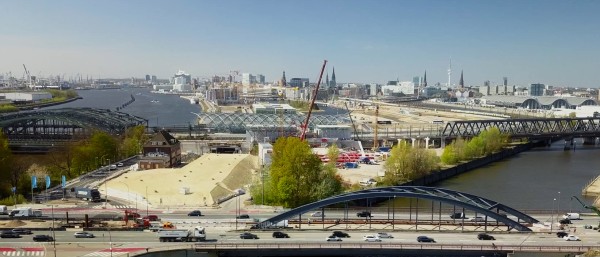
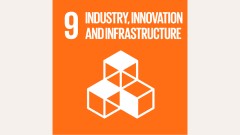
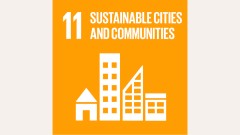
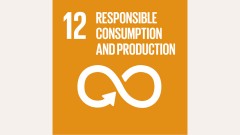
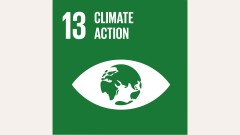
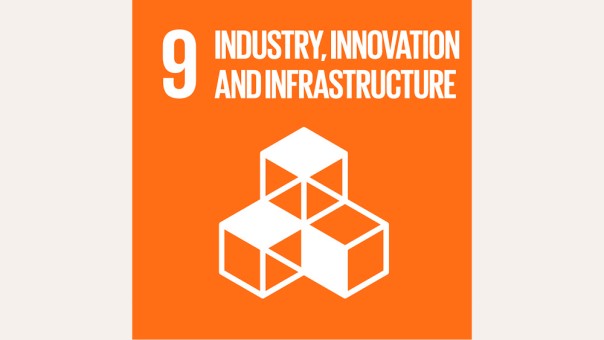
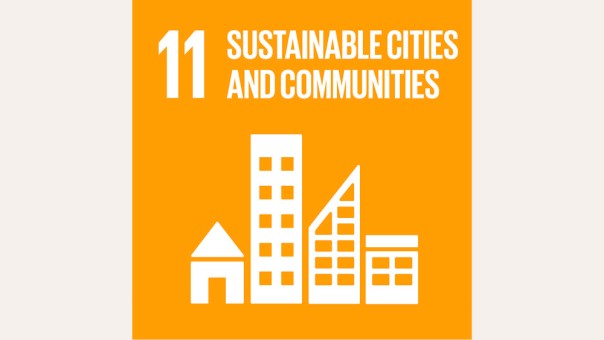
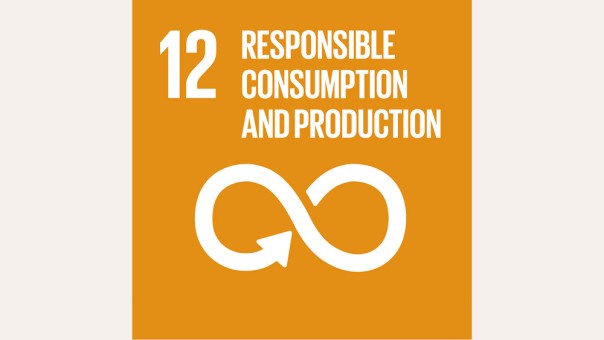
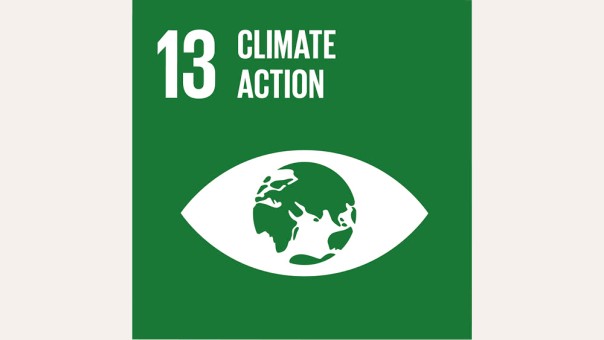
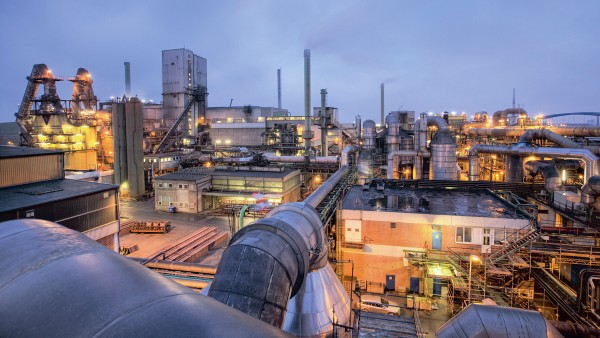
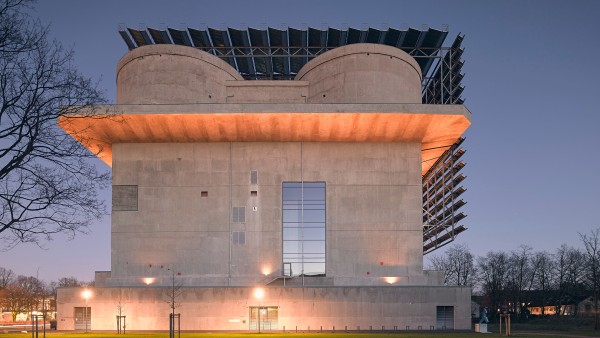
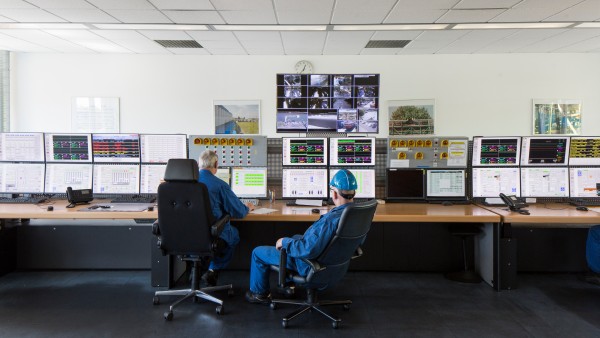
Data protection principles
If you click on one of the following icons, your data will be sent to the corresponding social network.
Privacy information